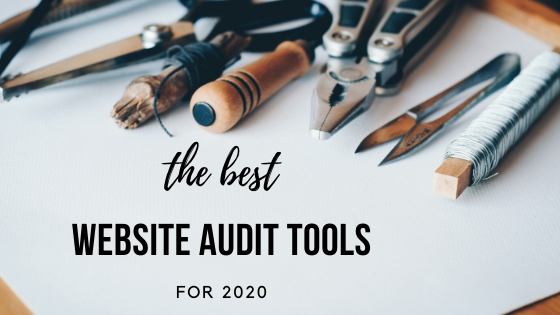
It’s the new year, a time typically used to re-evaluate your goals, refresh your way of thinking, and start some new things that will improve your life. Here at Top Of The List, we do the same thing, but websites are more our thing. While website audits are something we do on a regular basis for our clients, you may want to perform your own website audit.
It can be very easy to go into a deep, dark, never-ending rabbit hole when undertaking a website audit, especially if you aren’t using the right tools. To make things easier, I’ve laid out some of the best website audit tools to evaluate the most important features on your website for usability, indexability, and overall performance. Here they are:
SEO Audit
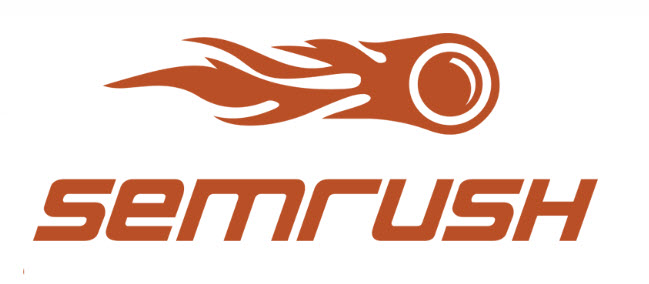
SEMRush
You’ll need to set up a free account with SEMRush to get access to some of the tool’s basic features, which includes a site audit. This explores basic SEO elements like page titles, meta descriptions, headings, and alternative image text, as well as more in-depth technical items like mixed content, problems with robots.txt and sitemap.xml files, improperly structured URLs, HTML issues, etc.
While almost no SEO audit comes back “clean,” having a lot of errors and warnings can definitely impact your performance in search engine results.
Technical SEO & Sitemap Audits

Screaming Frog
First, you’ll need to download this program to use it. I know, what is software, right? Everything is in the cloud these days. Anywho, go ahead and install the program on your computer. Then enter your url in the grey box and click start.
The data that is unearthed by Screaming Frog is incredible and overwhelming. While there is a lot of technical information that you might not understand, there is also some insanely valuable info. Pay close attention to things like response codes, indexability, canonicals, and structured data.
Most importantly, check the Sitemaps tab to be sure that your sitemap is appropriately configured — redirected and noindex pages should not be listed in your sitemap and frequently are. And don’t forget to have the program window maximized — there are features that are easily hidden if your window isn’t big enough!
This tool is best for smaller websites, as the crawl is limited to 500 pages with the free version; if you have more pages, a subscription is a practical $163 or so US dollars for a full year.
Audit the Competition
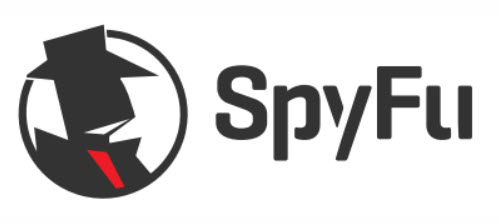
SpyFu
While the scope of research without paying for a subscription is limited, SpyFu is a great way to snoop on your competition and identify possible weak points for your own website.
SpyFu offers data for both Organic SEO and PPC, and adds a monetary value to how much competitors are spending. While not completely accurate, the details provided are still incredibly useful. You can also plug your own website into the tool to easily identify your top competitors.
Local Search Audit
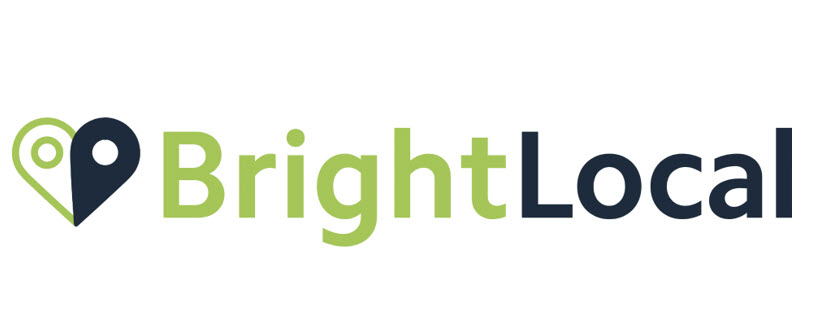
Bright Local
If you have a local business, making sure your local search listings are optimized, visible and error-free is critical.
Bright Local is an excellent tool to use to ensure this is the case. The free version is only available as a 14-day free trial, but no credit card is required for that trial — so only do this one when you are really ready to dive deep into your local search audit.
They ask that you import things like your Google Business Profile location(s), Facebook, Twitter, Analytics etc. — but you can proceed without doing these things if you don’t want to go through the full set-up process. Just know that you will get more and better detail for each entity you connect.
Some of the features include:
- Local rank tracker for your local and organic listings on Google & Yahoo
- Reputation manager that shows your average review and number of reviews on 16 top sites like Google, Facebook, Yelp, and Foursquare. You can even add niche sites to this list based on your industry category — for example, if you are a roofing contractor, you can add Houzz and Home Advisor, or if you are a hotel, you can add TripAdvisor.
- Citation score showing where your citations are found
- Citation builder which shows available new citations and notes like “instant/quick listing” or “requires verification or follow-up.”
For a free tool, this tops the list for Local Search. If the setup puts you off, and you want something a little more minimal, you can get a snapshot of your local performance using the Moz Location Audit. Keep in mind that this covers a very small corner of the local search world.
Page Speed Audit
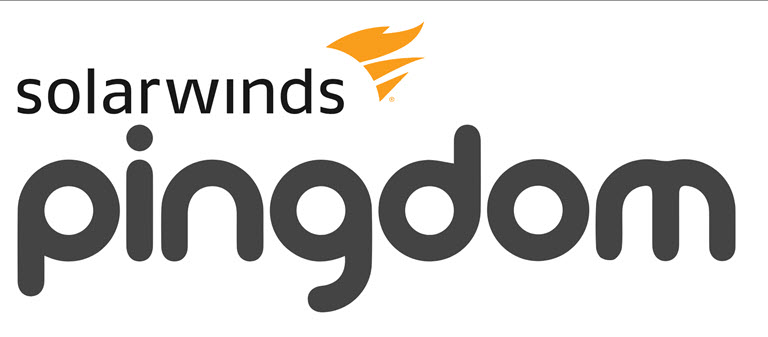
Pingdom
While Google’s PageSpeed Insights tool comes directly from the search engine and does an OK job identifying issues, Pingdom offers a lot more detail and provides clear visuals that make important tasks easy to identify.
Pingdom points out how long each individual file on a page takes to load, and provides a letter grade for 7 different performance areas.
Accessibility Audit

WAVE – Web Accessibility Evaluation Tool
This tool was developed by the WebAIM (Web Accessibility In Mind) team at Utah State University. It evaluates a variety of issues across 6 different areas:
- Errors point out the most important issues, like empty headings, empty form labels, missing or uninformative page titles, missing alternative text, blinking content, and empty links
- Contrast Errors identify areas of your website that have poor contrast, making things more difficult to read by partial sight impaired and color-blind visitors.
- Alerts like nearby images having the same alternative text, long alternative text, redundant or suspicious links, links pointing to PDF’s, and Java content.
- Features highlight critical areas of your website like featured images, whether they have alternative text, and ways you are already making your website accessible like skip links and element languages.
- Structural Elements shows the architecture of each webpage, pointing out different headings, navigation, lists, footers, main content, etc.
- ARIA – According to the WAVE icon index, ARIA provides enhanced semantics and accessibility for web content and is used to better identify the purpose of interface components . So, if an ARIA attribute is present, this simply means you are offering more accessibility.
Finally, Take A Step Back
The final tool that I always recommend using on a regular basis is the simplest, but most frequently overlooked. Drumroll… the search engine results pages! Go to Google, Bing, and Yahoo. Run searches on your business’ name, your URL, some of the top keywords you are targeting. You’d be amazed at what you can learn from performing this basic searches.
You might find that people searching for a keyword you’re targeting are actually looking for something completely different than you offer. You might find that the meta descriptions you’ve written don’t jump off the page at all, and you would never click on them. You might find inaccuracies. And the PPC ad errors, there are probably more than you think!
At the end of all of this, you will probably have a lot of work to do. However, you will have a holistic look at your website’s ability to perform both on search engines and for your customers. Having this information is probably more than many of your competitors, and a great way to start the new year!
About the Author

Nicole Vesota
Vice President & Project ManagerNicole has been working in online marketing since 2007 when she joined Top Of The List. She loves creative endeavors and spending time with her daughter.




